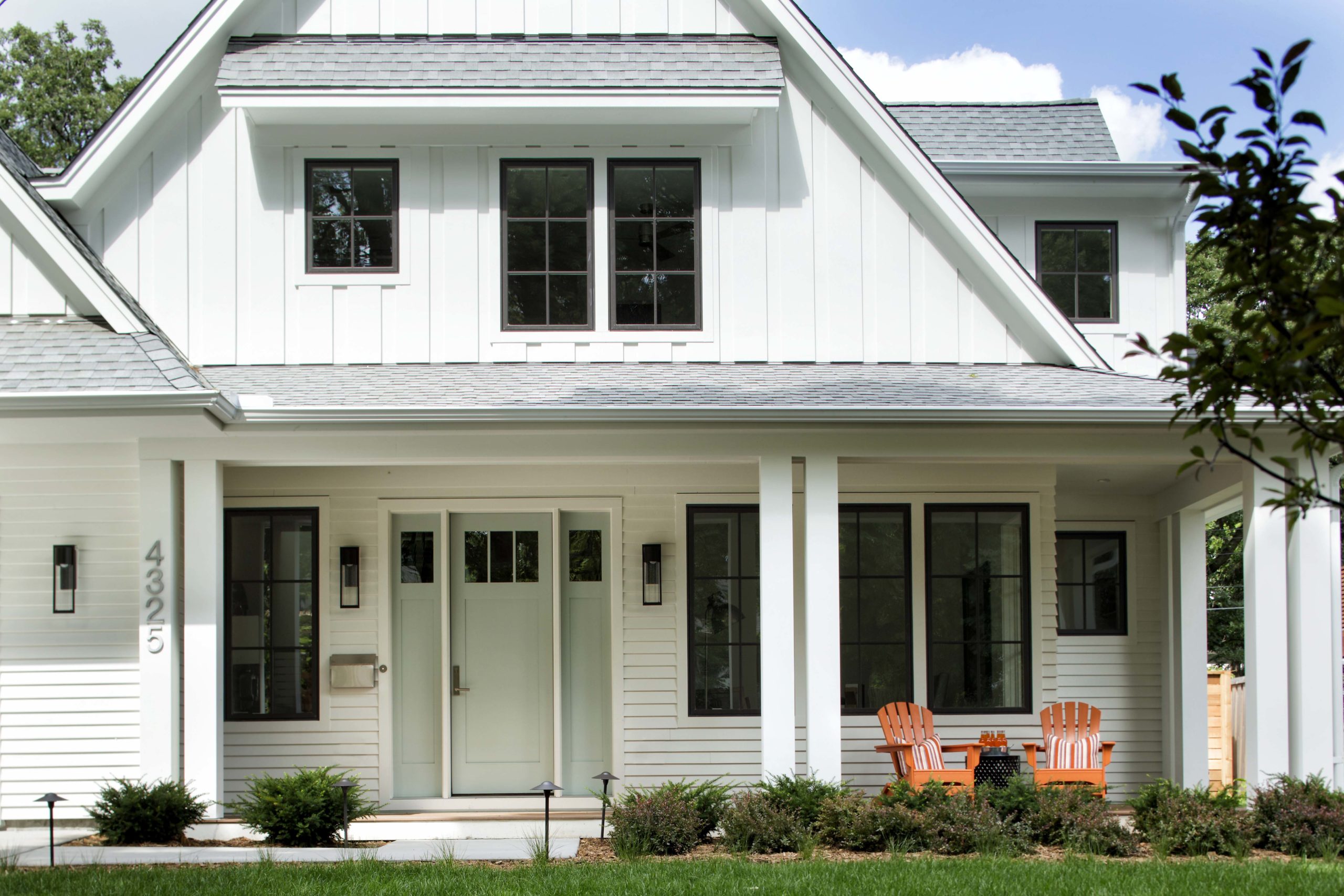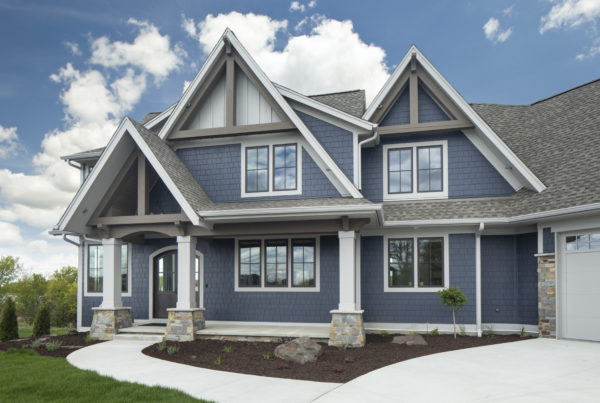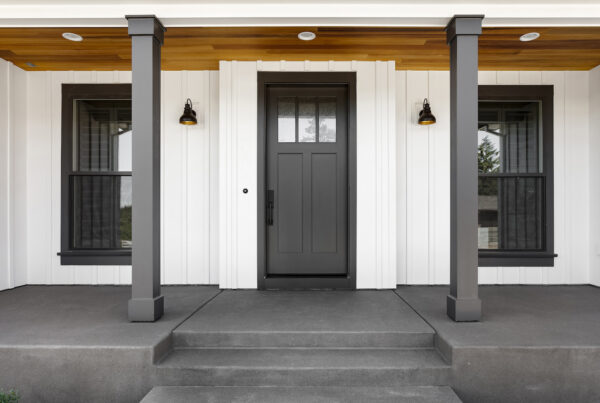Chapter 4
Damage: When to Repair or Replace
When siding is damaged, your home can be exposed to the elements, pests can get in, and your energy bills can even start to increase. Plus, the exterior of your house will start to look run down. It’s important to inspect your siding after every storm and after every Minnesota winter (since ours are so harsh!)
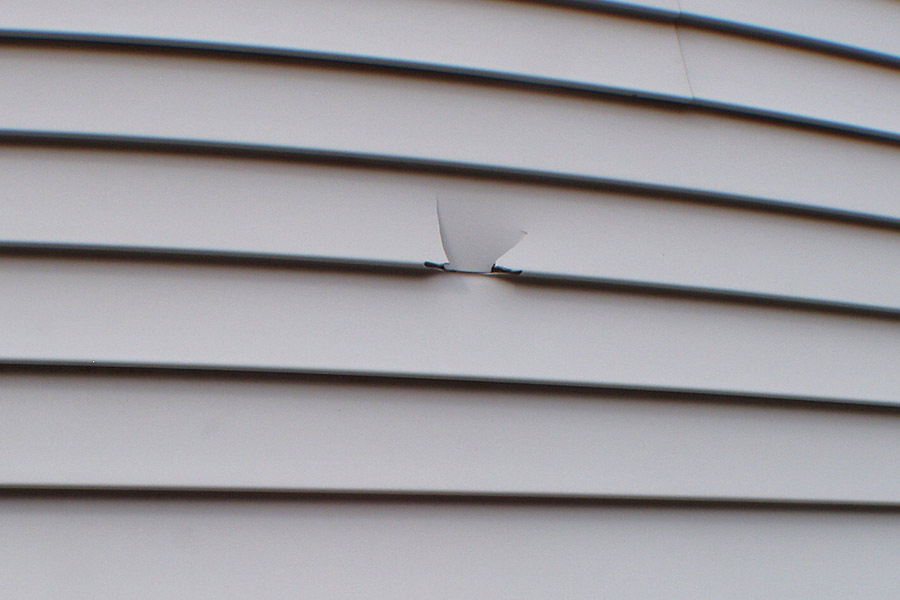
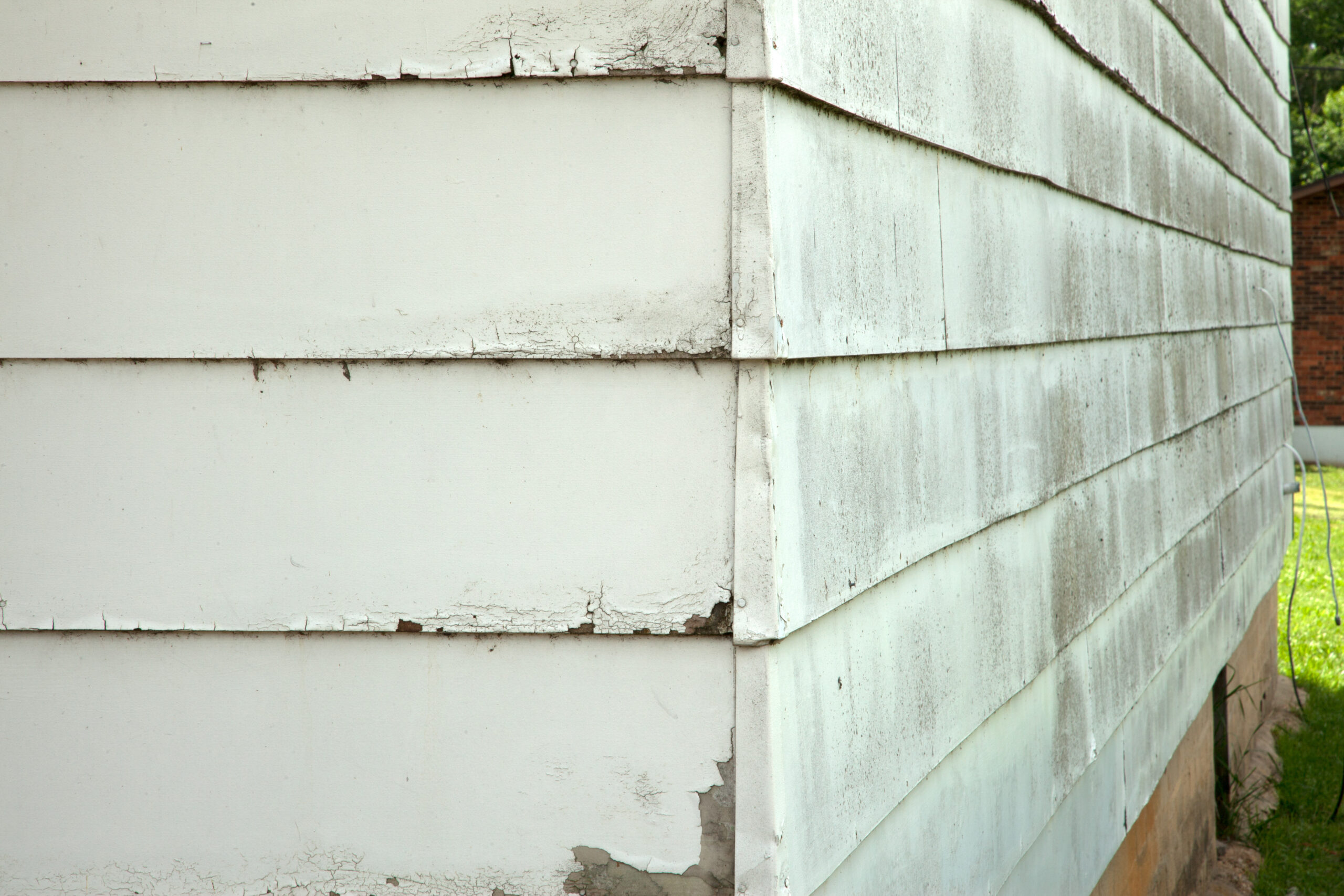
Cracked, bulging, warped, or rotted siding
Carefully inspect your siding, specifically at all seams and near the grade around your home and places where the siding comes into close contact with your home roofing materials. If you find siding cracks, bulging, warping, and/or rotting, poke underneath the siding to see how solid the layer is beneath. If it is soft, or you discover more rotting, it’s probably time to get an estimate.

Bubbles under the siding surface
If you see bubbling under the surface of your siding it’s very likely that water has gotten trapped. Siding is meant to keep moisture away from your home, and if it’s been able to penetrate the siding, it’s probably time to think about replacing.
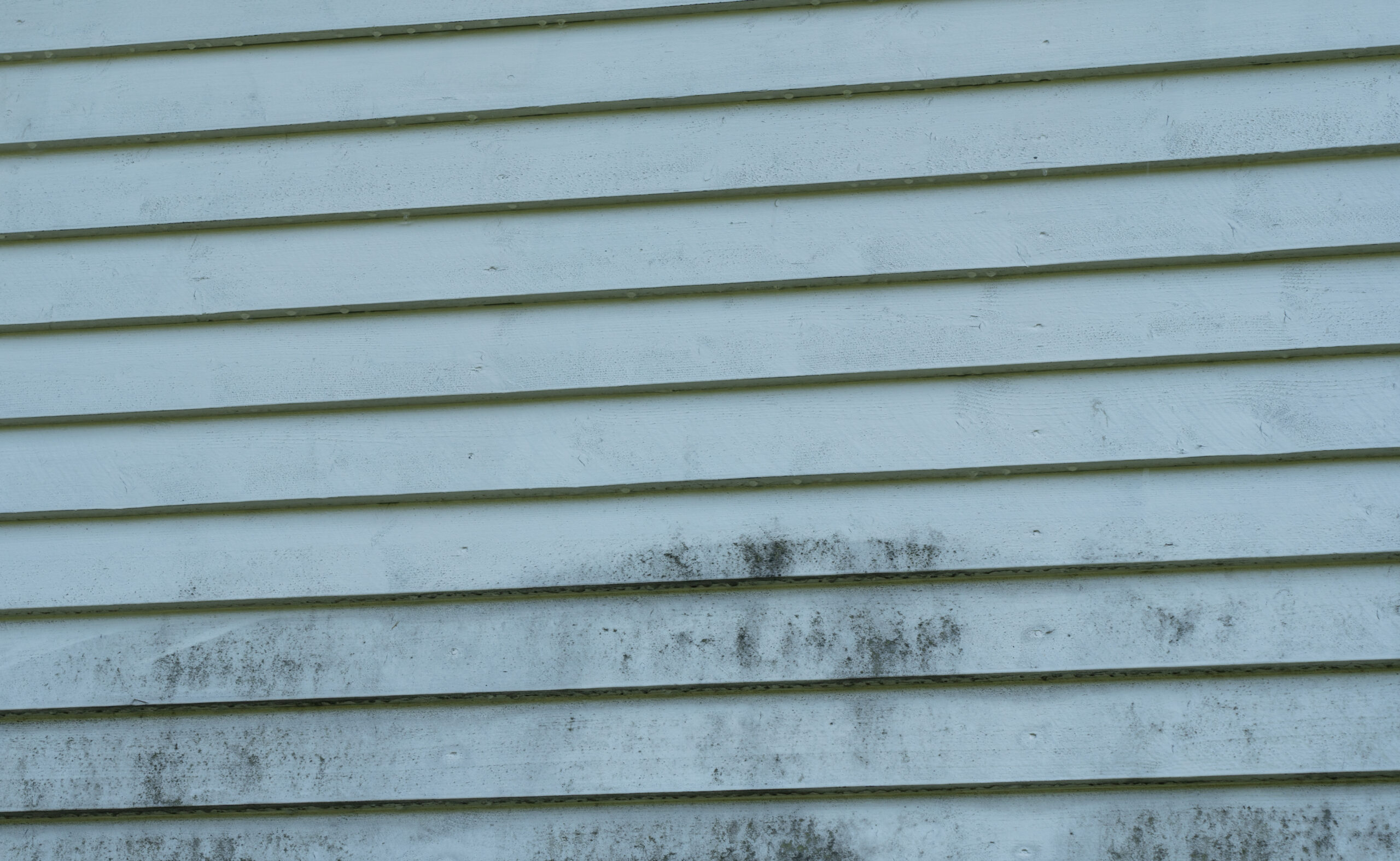
Mold or other fungus growth
If you find mold, mildew, or fungus growing on or underneath the siding, this is another sign that water is penetrating it. While all fungus growth isn’t cause for concern, it’s worth your attention and further inspection.
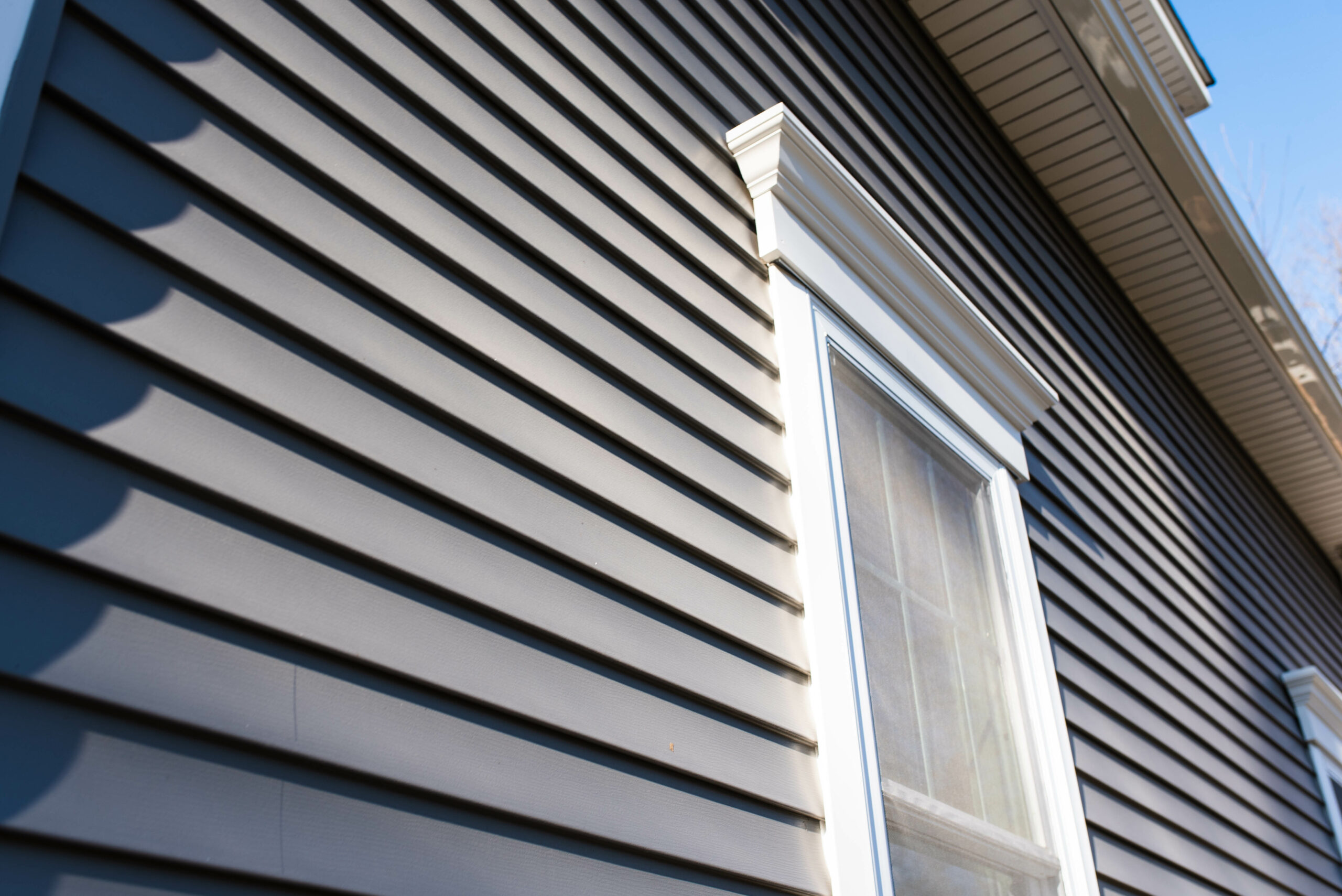
Faded siding
All siding has a life expectancy, but severely faded siding is a sign that the waterproofing element has run its course. This does not mean the siding is completely useless; it’s just one of the things to watch for.
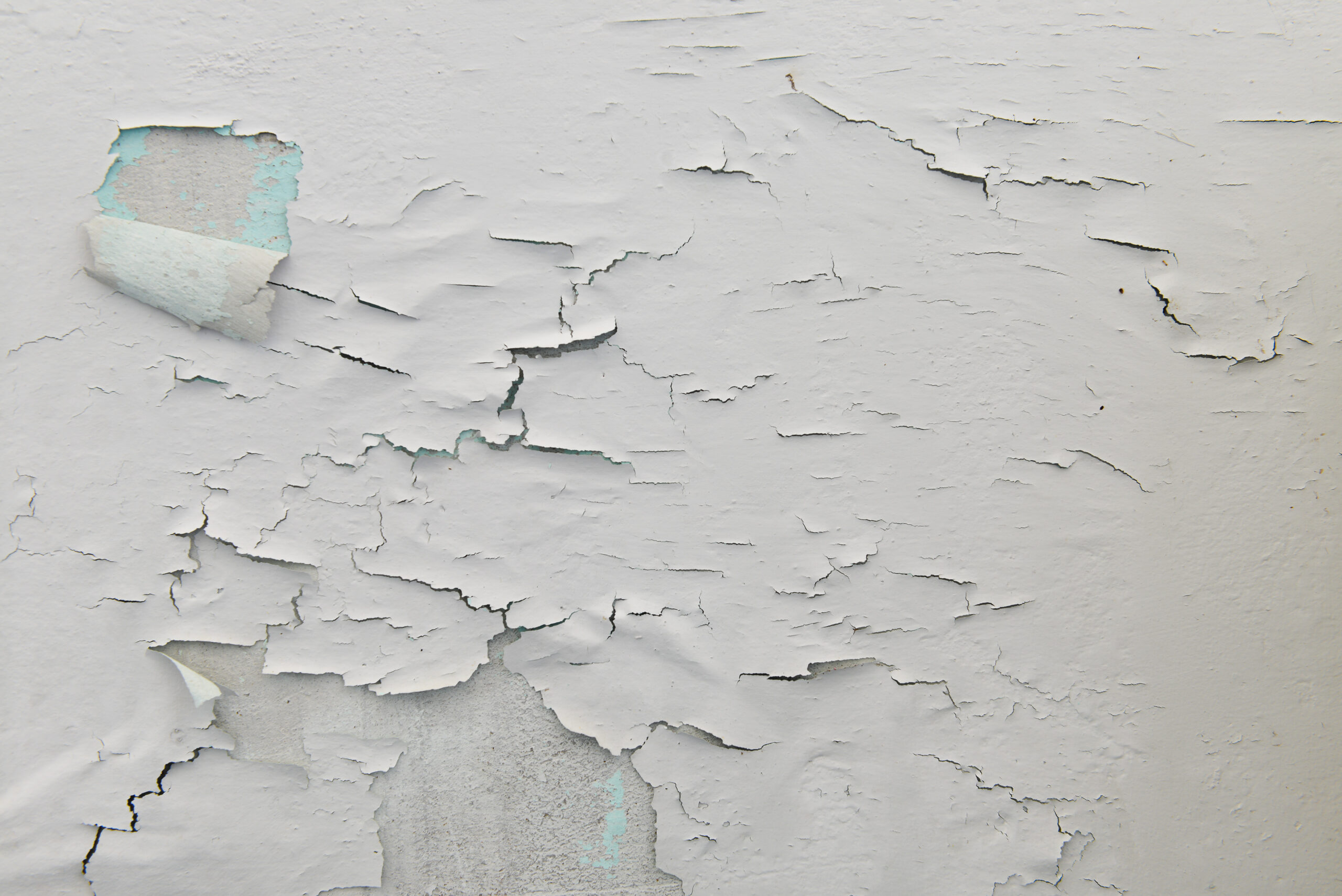
Peeling or blistering paint inside your home
While you wouldn’t expect it, peeling or blistering paint on interior walls is a sign that your siding may be faulty. As mentioned, your siding is meant to keep water out, so when your home interior paint starts to peel or blister, this could be a sign that your siding is letting water and other elements penetrate your home and causing damage to the wallboards.
PRO TIP
Finally, our PRO TIP is to look for higher than normal energy bills. Usually this is an indication that there’s something wrong with your siding because good siding is supposed to help your home retain heat and cold. However if it’s damaged, your siding will stop doing that and might need to be replaced.
For a more detailed explanation of each of these issues, read our article, “7 Signs You Need to Replace your Home’s Siding”.
Get an Expert Opinion
We’ll inspect your home for free and document any damage we find. We can help you file an insurance claim if necessary.




